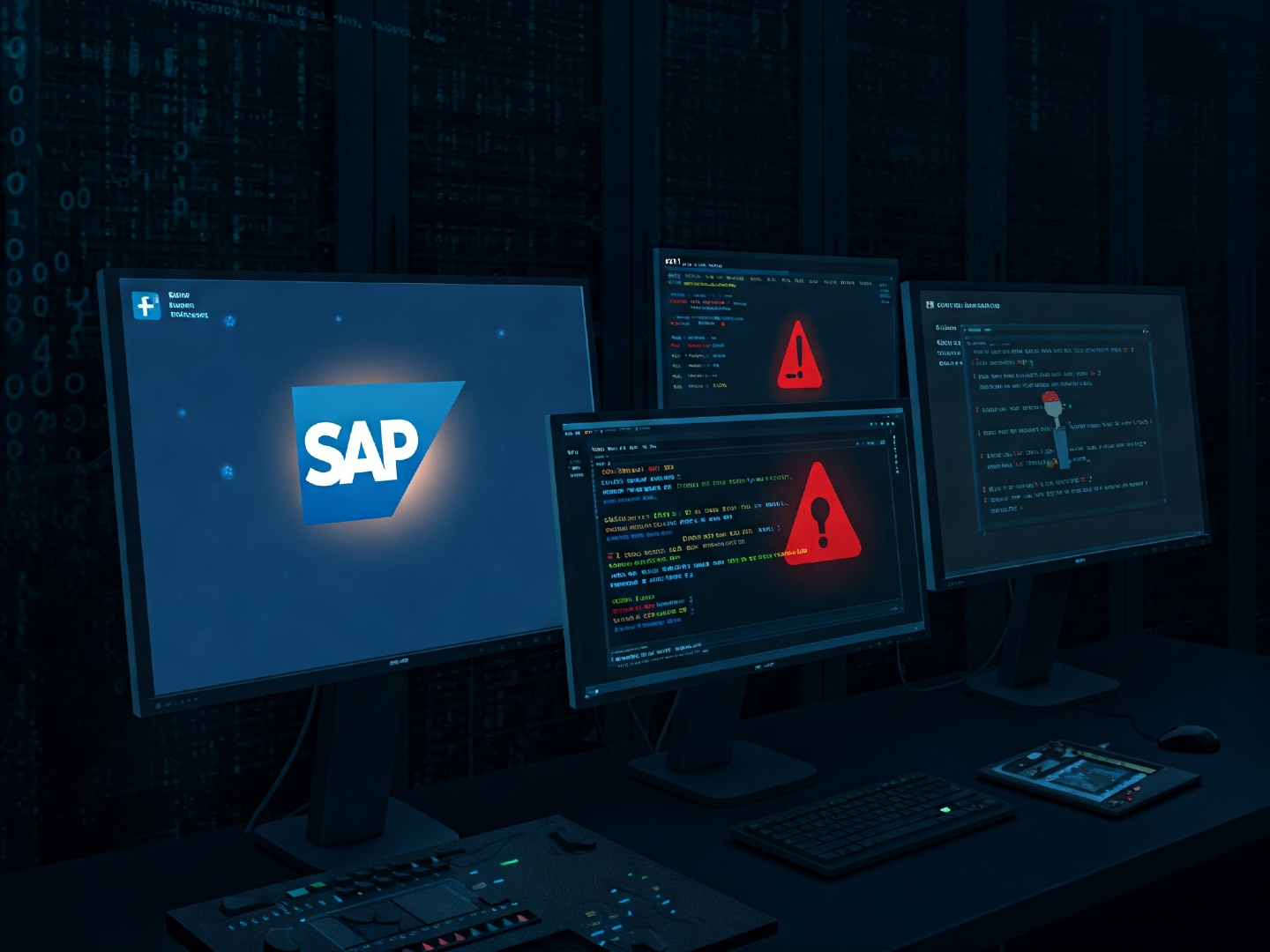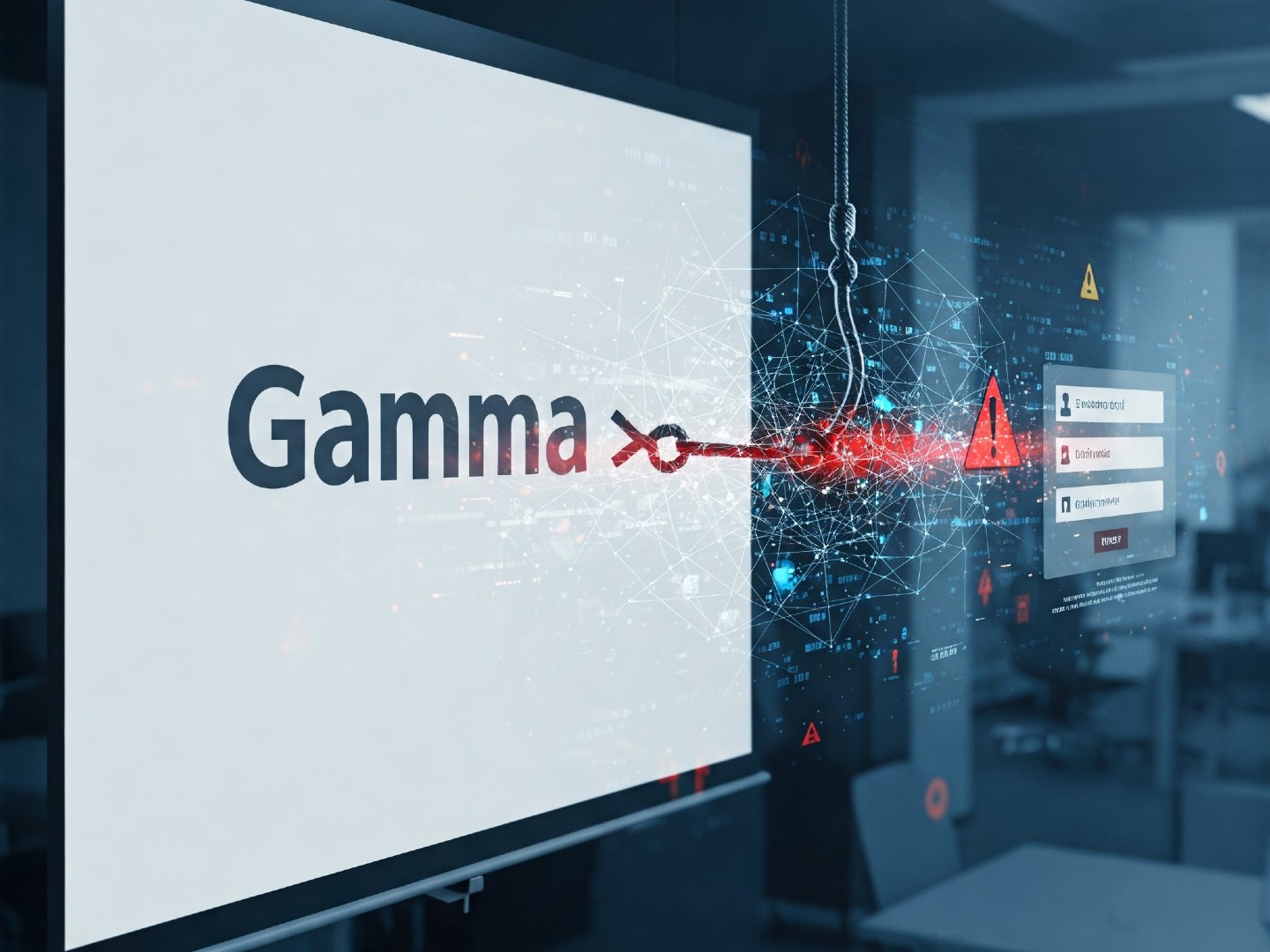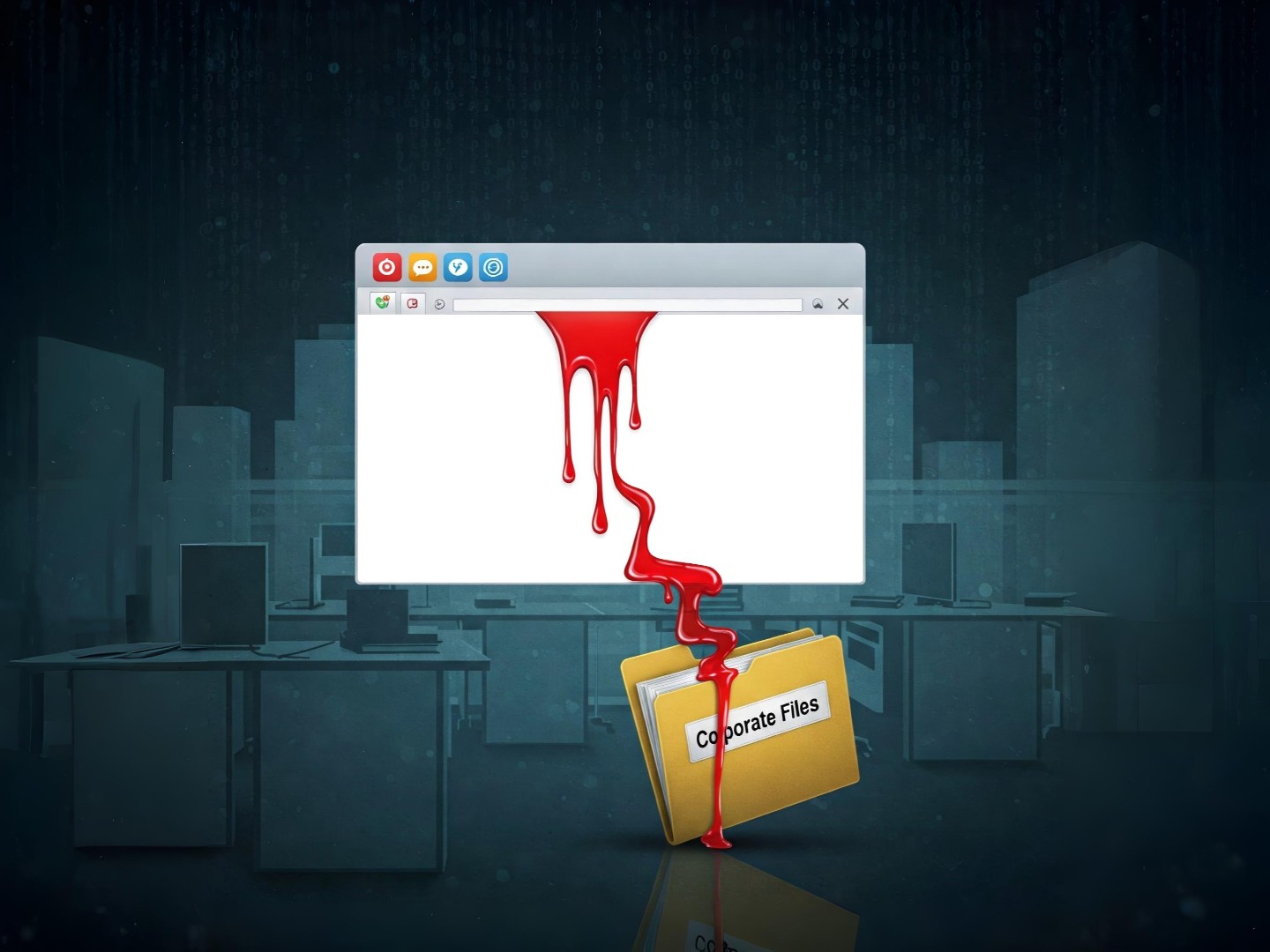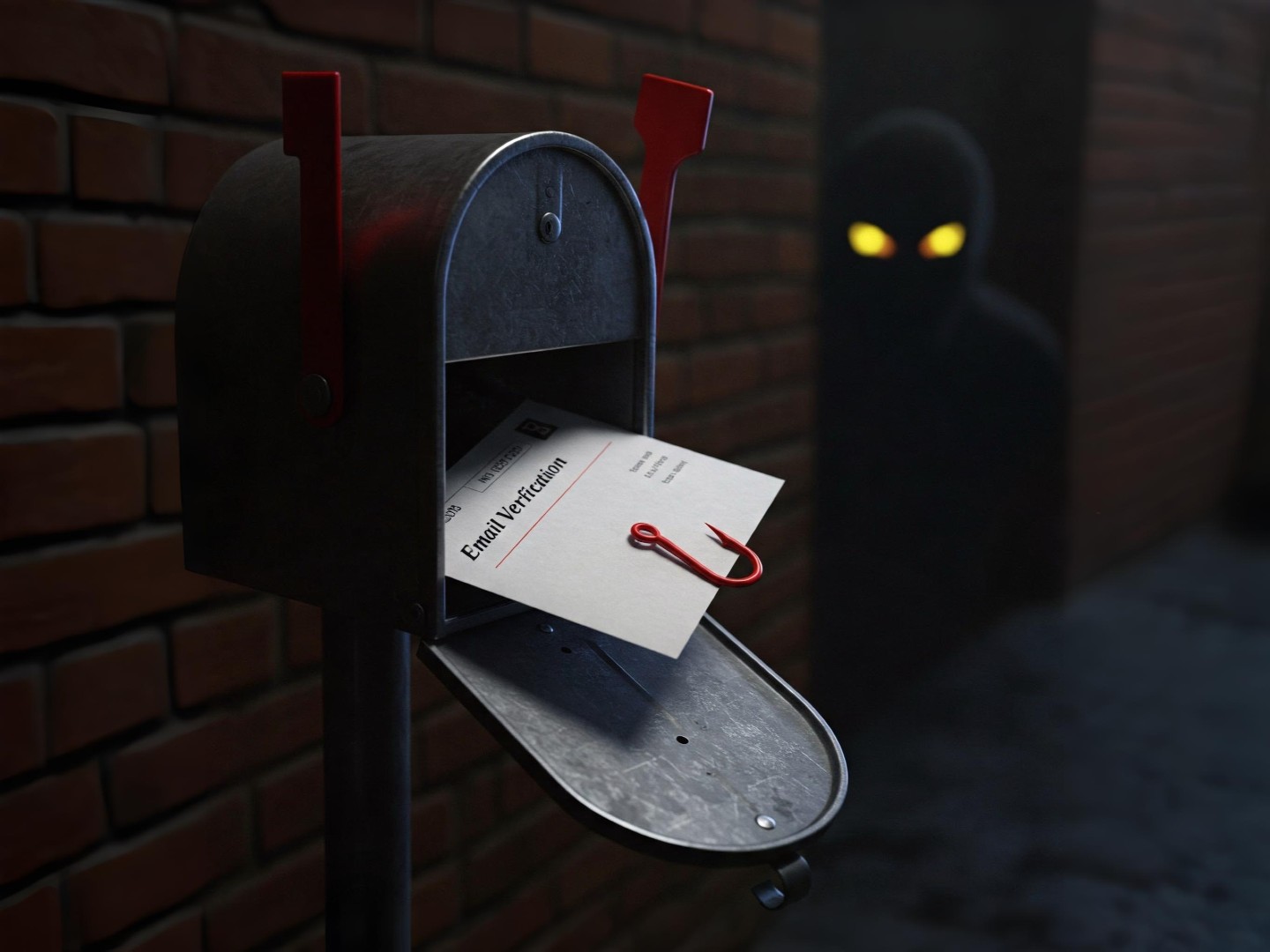Gmail Finally Gets End-to-End Encryption for Enterprise Users
Google is marking Gmail's 21st birthday with a significant security boost for its enterprise users. A new feature now lets them send end-to-end encrypted emails to anyone, regardless of their email provider, with just a few clicks, offering a simpler way to protect sensitive communications.
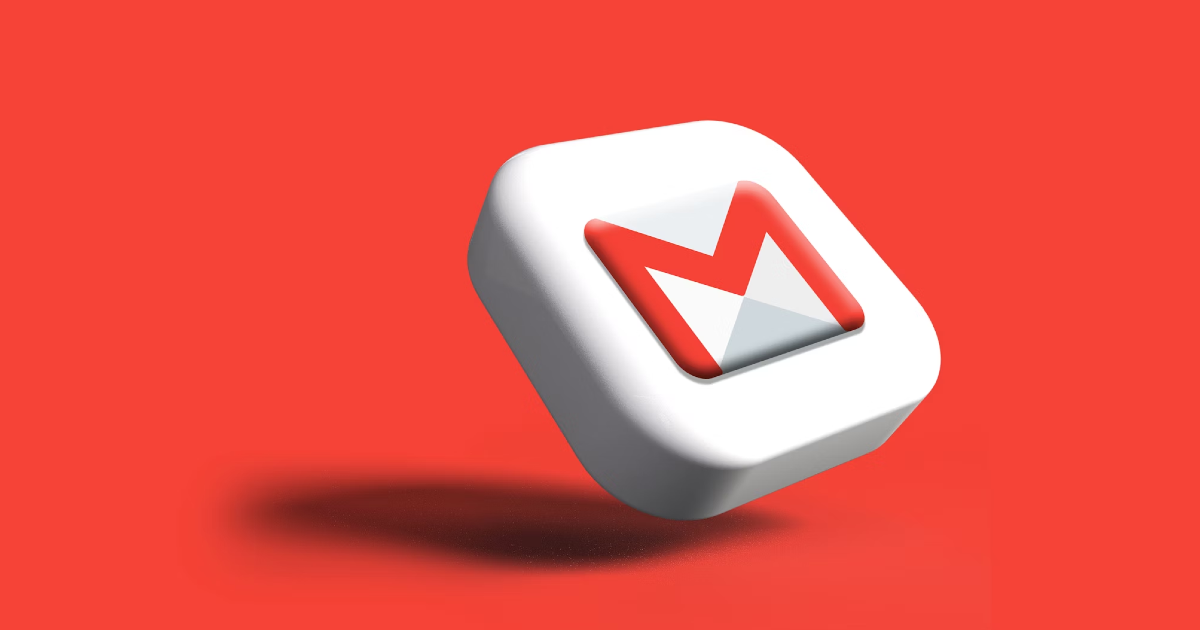
Happy birthday, Gmail! To celebrate its 21st birthday, Google just dropped a major update: end-to-end encryption (E2EE) for enterprise users. Now, sending super-secure emails to anyone is just a few clicks away.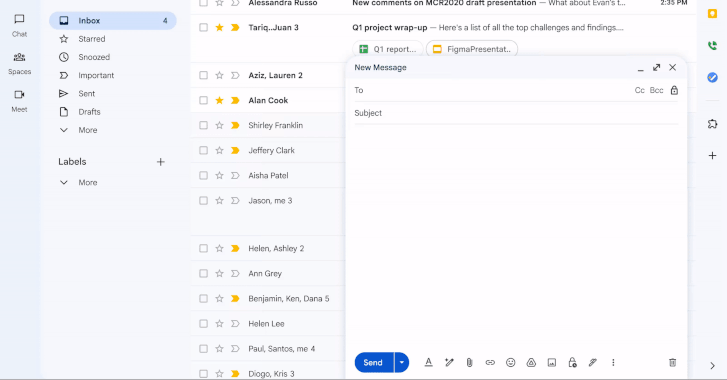
The beta rollout starts today, initially focusing on E2EE emails within organizations. But don't worry, broader availability is coming soon. Google plans to extend E2EE to any Gmail inbox in the coming weeks and eventually to all email inboxes later this year. Pretty cool, right?
What's the big deal? Well, this new encryption method sidesteps the complexities of older protocols like S/MIME. Forget about custom software or exchanging encryption certificates. This is supposed to be way easier.
"This capability… abstracts away the traditional IT complexity and substandard user experiences of existing solutions," said Google Workspace's Johney Burke and Julien Duplant. They added that it also preserves enhanced data sovereignty, privacy, and security controls.
Under the hood, E2EE is powered by client-side encryption (CSE). Google's been rolling out CSE to other services like Calendar, Drive, and Meet for a while now.
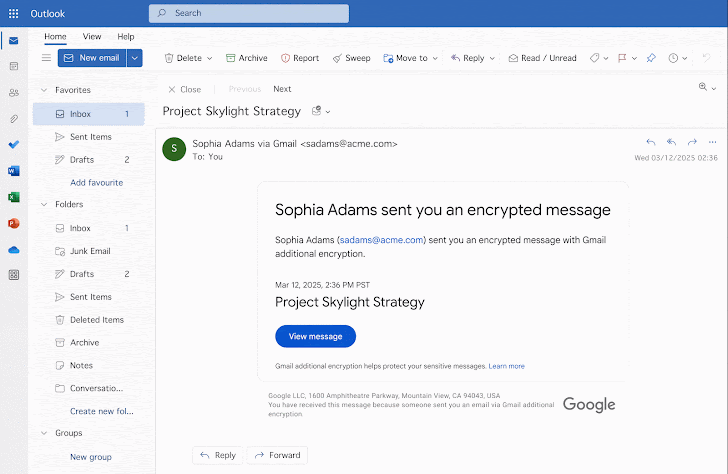
So, how does it work? If you send an E2EE email to another Gmail user, it's automatically decrypted on their end. For non-Gmail recipients (like those using Outlook), Google sends an invitation to view the message in a secure, limited version of Gmail – accessible via a guest Google Workspace account.
Because CSE is used, your data is encrypted *before* it even leaves your device. This means it's indecipherable to third parties, including Google itself, while it's being transmitted or stored.
However, there's a key difference between CSE and traditional E2EE: the encryption keys are generated and stored in a cloud-based key management service. This gives an organization's administrator control – they can revoke access, monitor encrypted files, and more.
"…this approach offers more comprehensive encryption protection," Burke and Deplane explained. "It doesn't matter who you send a message to…your message will be encrypted and you are in sole control."
Their final word? "It's simple and easy to implement and use… It'll save teams tons of time and money, and finally give them a path to what everyone craves: email encryption that is painless and just works." Sounds promising!

